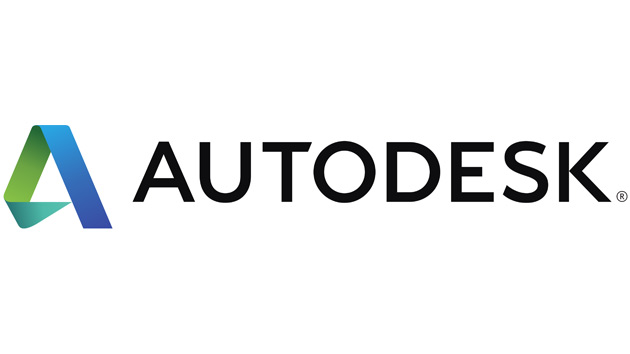Flame Gets Its First Update Since Last Year's Introduction of Software-Only Version
Autodesk said it has acquired Solid Angle, developer of the popular Arnold global-illumination renderer, and is entering a partnership with Google to provide rendering services in Autodesk Maya through Google's cloud platform.
The two announcements were technically separate — the Maya rendering service works with either V-ray or Arnold, and more renderers may be added in the future — but Autodesk officials acknowledged that they are both related to increasing workflow demands for scalability in the cloud.
"We fundamentally believe that cloud computing is the way of the future," Autodesk Senior Industry Marketing Manager Maurice Patel told StudioDaily. "It allows anyone to scale their rendering as they need it, without having to invest massively in a large-scale render farm."
Patel said it should be "business as usual" for Arnold customers, noting that Arnold will continue to be sold as a standalone product. Solid Angle founder Marcos Fajardo is joining Autodesk, where he will report to VP of Film and Television Solutions Marc Stevens, and Patel said the Arnold team will be expanded under the Autodesk umbrella, with some Autodesk staff working on Arnold development.
Meanwhile, Autodesk said it is by no means going Arnold-only, with its software continuing to fully support other products such as Houdini and Cinema 4D. "Our own products will remain render-agnostic," Patel said, "but we want to have a world-class out-of-the-box renderer in our solutions.".
For cloud rendering, Autodesk is licensing a newly developed Maya component with an optimized architecture for highly parallelized environments. Patel said cloud rendering is likely to be offered eventually across all of Autodesk's products, and won't be restricted to Google's platform.
Connected Color in Flame 2017
In other news from Autodesk, Flame is being upgraded with a connected color workflow between Flame 2017, Flame Premium and Lustre. The idea, according to Autodesk's Marc Hamaker, director of industry marketing for media and entertainment, is to have a new, bi-directional workflow connect color-grading to visual effects.
Click image to load a high-resolution version.
"You can see a grade that's been prepared in Lustre inside of Flame's batch grading area," he explained. "You don't have to render. You can have that live composite passed in — not in real time, but removing that render process that requires you to stop your workflow and move files around. Bringing Lustre and Flame together is smoothing out that world and eliminating some of the pain of moving between color and VFX."
Also new in Flame 2017 is Camera FX, which borrows technology from Autodesk's Stingray game engine to generate physically based rendering effects in real time. The result should be increased interactivity and better-looking reflections inside the Flame compositing environment, Hamaker said. This is the first major upgrade of Flame since Autodesk announced late last year that a software-only version would be available for Mac OS X as well as for Linux.
Maya 2016 Extension 2
MASH, a procedural-animation plug-in originally developed by Mainframe and acquired by Autodesk, has been directly integrated in Maya 2016 extension 2. "Procedural, organically complex replications, clone effects — it's the standard checkboxes of what people do in motion graphics," Hamaker said. Combined with the Text tool and SVG features that debuted last year at SIGGRAPH, it will bring a new, dedicated motion-graphics workflow to Maya, Hamaker said.
3ds Max 2017
Additionally, 3ds Max 2017 is getting "an artist's release," Hamaker said, with an updated UI, including support for 4K monitors, VU Unwrap tools, and a new Autodesk Ray Trace (ART) renderer.
The new releases of Flame, Maya, and 3ds Max are available now, Autodesk said.
Autodesk: www.autodesk.com
Crafts: VFX/Animation
Sections: Technology
Topics: arnold autodesk cloud rendering maya nab 2016 Solid Angle
Did you enjoy this article? Sign up to receive the StudioDaily Fix eletter containing the latest stories, including news, videos, interviews, reviews and more.












Leave a Reply